From the 1920s to the 1950s, horror films dominated Universal Pictures’ output and helped shaped the face of the genre for decades to come.
Horror is a genre filled with inspiration. You’d be hard-pressed to find a horror director who wasn’t in part motivated by a work that came before them. Without Michael Myers, we would have no Jason Voorhees. Without the films of Hitchcock, William Friedkin would have never gotten into filmmaking and we wouldn’t have The Exorcist. If George Romero never made his masterpiece, Night Of The Living Dead, we wouldn’t be blessed with our favorite zombie flicks.
Most importantly, odds are horror wouldn’t be the genre we know and love if not for the creation of one of the first horror franchises in Hollywood’s golden age.
While horror movies existed for years prior to the sound era, it was Universal Studios who pushed horror into the mainstream, beginning on September 6, 1923, with Hunchback of Notre Dame starring Lon Cheney. The film was Universal’s “Super Jewel” of 1923 and was their most successful silent film. The studio followed up this hit with another Lon Cheney vehicle, The Phantom of the Opera, released again on September 6, 1925.
Phantom remains most famous for Chaney’s ghastly, self-devised make-up, which was kept a studio secret until the film’s premiere.
However, the studio would soon transition to sound and begin a new phase in its transformation of the genre with two wildly popular 1931 literary adaptations. The first of which was 1931’s Dracula. From this point on, horror would never be the same.
Universal cast Bela Lugosi as the titular vampire of legend, a role he was already familiar with since he had been playing the Count for years on stage.
Lugosi’s sinister portrayal, mixed with the gorgeous gothic set design made for a movie-going experience unlike any other.
This was the start of the Universal Monsters, an era that lasted well into the 50s, and whose influence can still be seen in the genre today.
Universal producer Carl Laemmle Jr had already made several horror films for the studio during the silent era, including the aforementioned Hunchback and Phantom. Laemmle saw the potential in producing a film based on the popular stage play, Dracula, inspired by the Bram Stoker novel. Stoker’s story had been adapted to screen before, most infamously without permission in 1922 with the German Expressionist film, Nosferatu.
Laemmle bought up the rights to the story to ensure the film was made legally, and production quickly began. Tod Browning was chosen as the film’s director and had initially wanted Lon Chaney to portray Dracula, but Chaney passed before this could come to fruition. Bela Lugosi was instead cast in the role and a horror icon was created.
Even to this day, if you ask somebody to imitate Dracula, it is Lugosi they are imitating — even if they have never seen the film.
This is the influence the studio created on not only the genre but the entire movie industry.
Their next film in the series would prove even more successful.
Frankenstein became iconic almost immediately.
Boris Karloff’s immortal portrayal as the sympathetic monster has become synonymous with the name of Frankenstein. Mary Shelly’s chilling novel had been terrifying readers for years prior, and like Dracula was no stranger to the silver screen. The first version of the story was actually produced by Thomas Eddison and was considered lost for many years.
Laemmle had originally wanted Bella Lugosi to play the monster and went as far as to do a makeup test and even produce a mock-up poster featuring Lugosi’s likeness. Legend has it that Lugosi decided to pass on the role when he discovered he would be mostly covered in makeup and would have no lines. This opened the door for Boris Karloff to step in and make movie history.
The success of Frankenstein led to a sequel, Bride Of Frankenstein, which many fans agree is superior to the original.
In this film, the monster learns to speak and allows Karloff to give the monster personality and gain even more sympathy from the audience. Ella Lanchester plays the titular Bride and has managed to become an icon in her own right, even though she only had a few minutes of screen time. The role of Frankenstein’s monster cemented Karloff as a horror superstar and led to him gaining more genre roles including Universal’s 1932 chiller, The Mummy.
With their new golden boy in the title role, The Mummy was another success for the studio.
Over the next several years sequels to Dracula, Frankenstein, and The Mummy along with multiple one-offs were massive successes for the studio. The interest in horror started to die off, however, until 1941 when Universal released a terrifying film not based on an existing property.
The son of legendary silent horror star, Lon Chaney Jr was desperately trying to escape from his father’s shadow and make a name for himself. While enjoying some success like in the 1939 adaptation of Of Mice And Men, Chaney was certainly struggling.
He was at first reluctant to accept the title role of The Wolf Man when initially approached. After deciding to accept it, Chanmey got the opportunity he needed to become a horror star in his own right.
Chaney plays Lawrence Talbot, a man who lives with an unfortunate curse as he transforms into a werewolf at the sight of a full moon. Most of what we associate with the legend of the werewolf came from this film.
From silver bullets to the wolfsbane, this film once again added to the legacy of Universal horror.
With public interest rapidly declining, Universal had to come up with another unique way to make their monsters rule the box office.
Today, the cinematic universe is insanely popular because of the Marvel films, but it all started when Universal decided to combine two of their biggest properties to regain movie stardom.
Released in 1943, Frankenstein Meets The Wolfman was unlike anything audiences had seen. Two of the biggest movie monsters clashed on screen. Lon Chaney reprised his role as The Wolfman, while Bella Lugosi finally donned the makeup as Frankenstein’s monster. This movie proved a success, and so the genre known today as “monster mash” was born.
Universal began rapidly producing films that contained their famous monsters.
From House Of Dracula to Abbott And Costello Meet Frankenstein, Universal once again dominated the genre. However, growing real-world horrors made the once great franchise fizzle out.
With the very real threat of nuclear war, audiences weren’t scared by fictional monsters anymore but instead chose to see more science fiction-oriented movies with nuclear themes.
Universal produced its last great character in its horror cycle, with 1954’s Creature From The Black Lagoon.
The Creature enjoyed some success and several sequels, but the days of Universal Monsters were sadly coming to an end.
There have been several attempts to resurrect these classic monsters, but none have been extremely successful.
While unfortunately overshadowed today, these films were the groundwork for the horror films we love today. Whether a casual fan or a full-blooded horror hound, you owe it to yourself to watch any of these classic films and help preserve a cinematic legacy.
If you haven’t seen these movies, some I recommend are (in order of release date):
- Dracula (1931) – Rent on VOD
- Frankenstein (1931) – Stream on Classix or rent on VOD
- The Mummy (1932) – Rent on VOD
- The Invisible Man (1933) – Stream on Indieflix or rent on VOD
- The Black Cat (1934) – Stream on Classix or rent on VOD
- Bride Of Frankenstein (1935) – Rent on VOD
- The Raven (1935) – Stream on Roku
- Son Of Frankenstein (1939) – Rent on VOD
- The Wolfman (1941) – Rent on VOD
- Frankenstein Meets The Wolfman (1943) – Rent on VOD
- Abbott And Costello Meet Frankenstein (1948) – Rent on VOD
- The Creature From The Black Lagoon (1954) – Rent on VOD


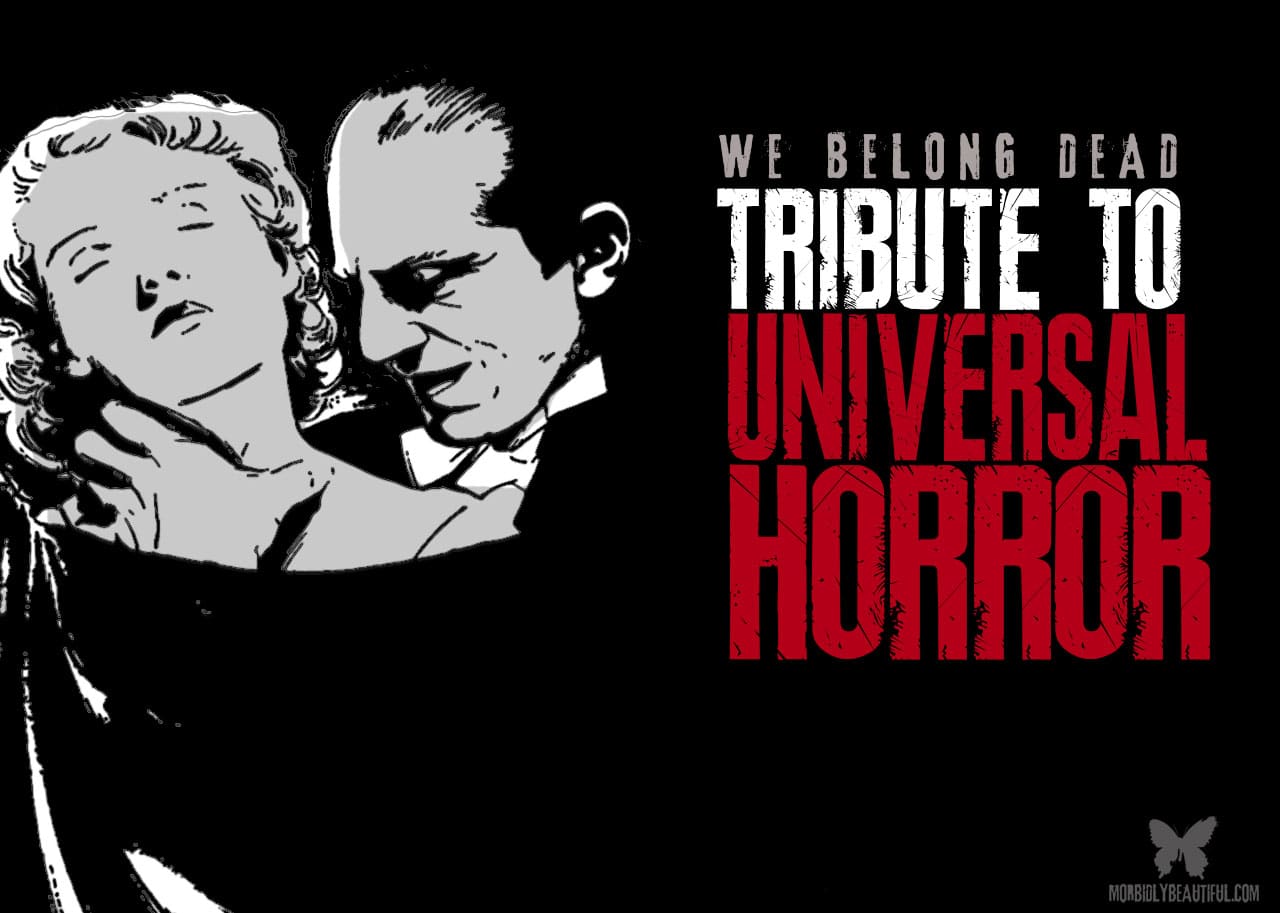
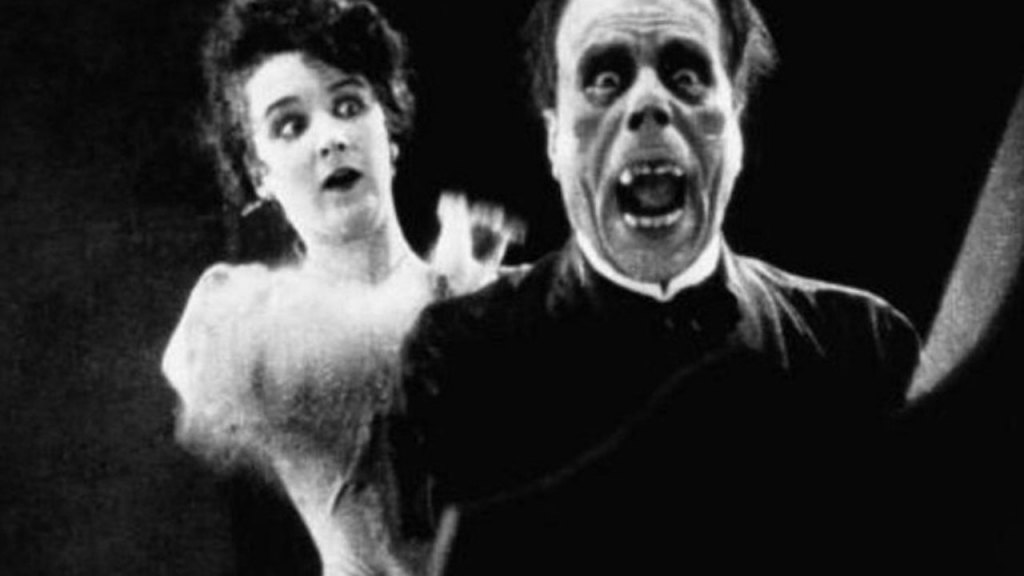
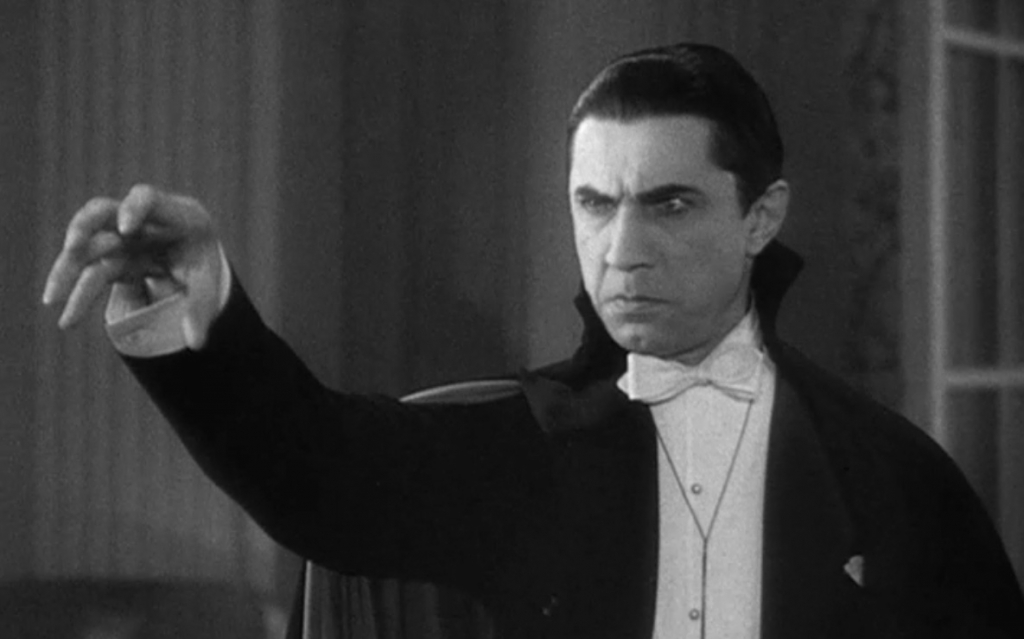
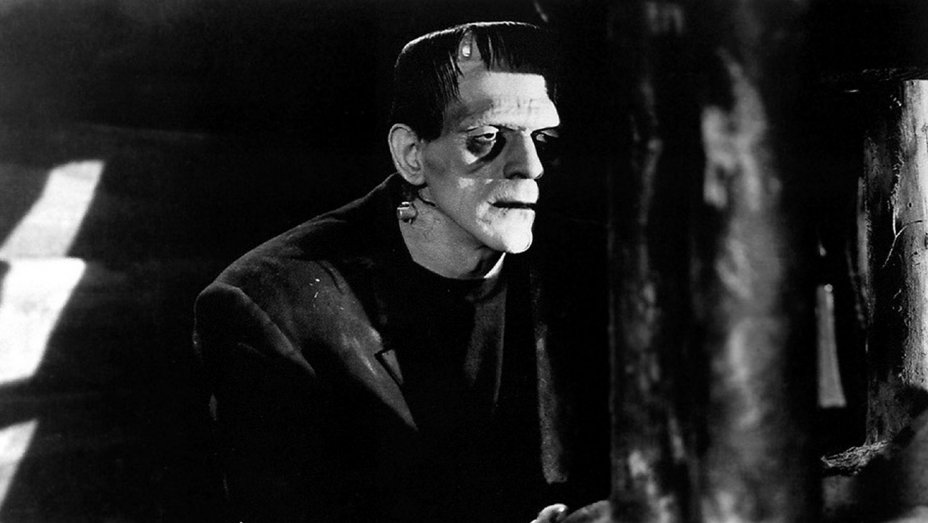
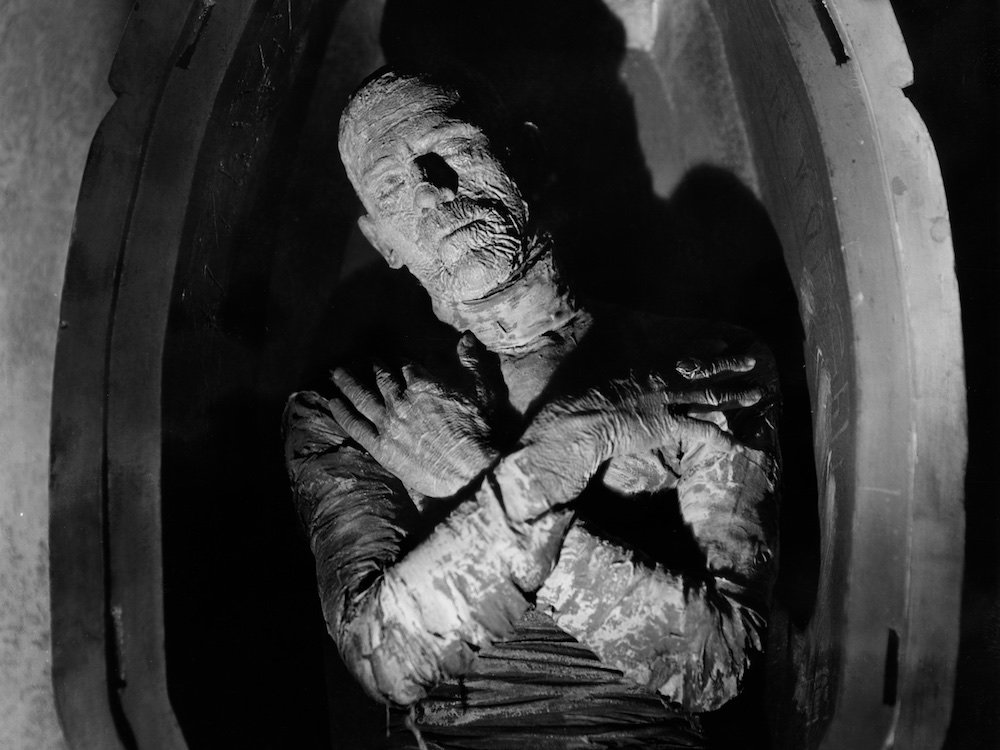
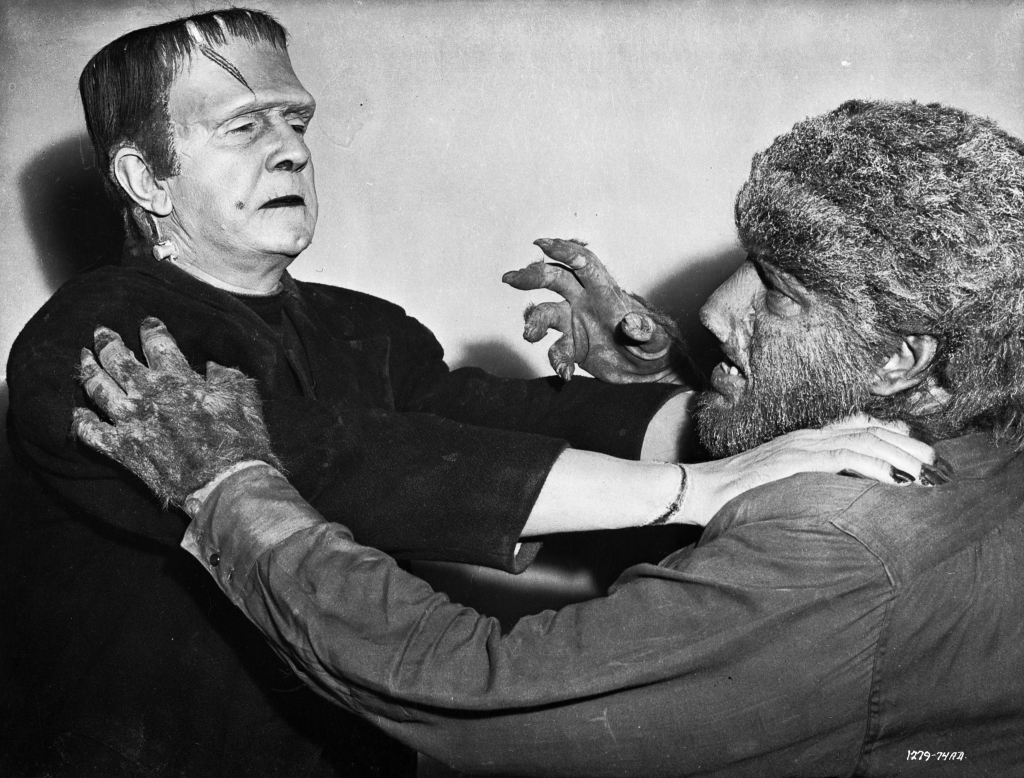

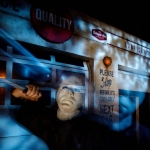
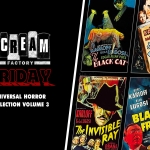

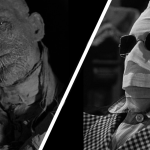








Follow Us!